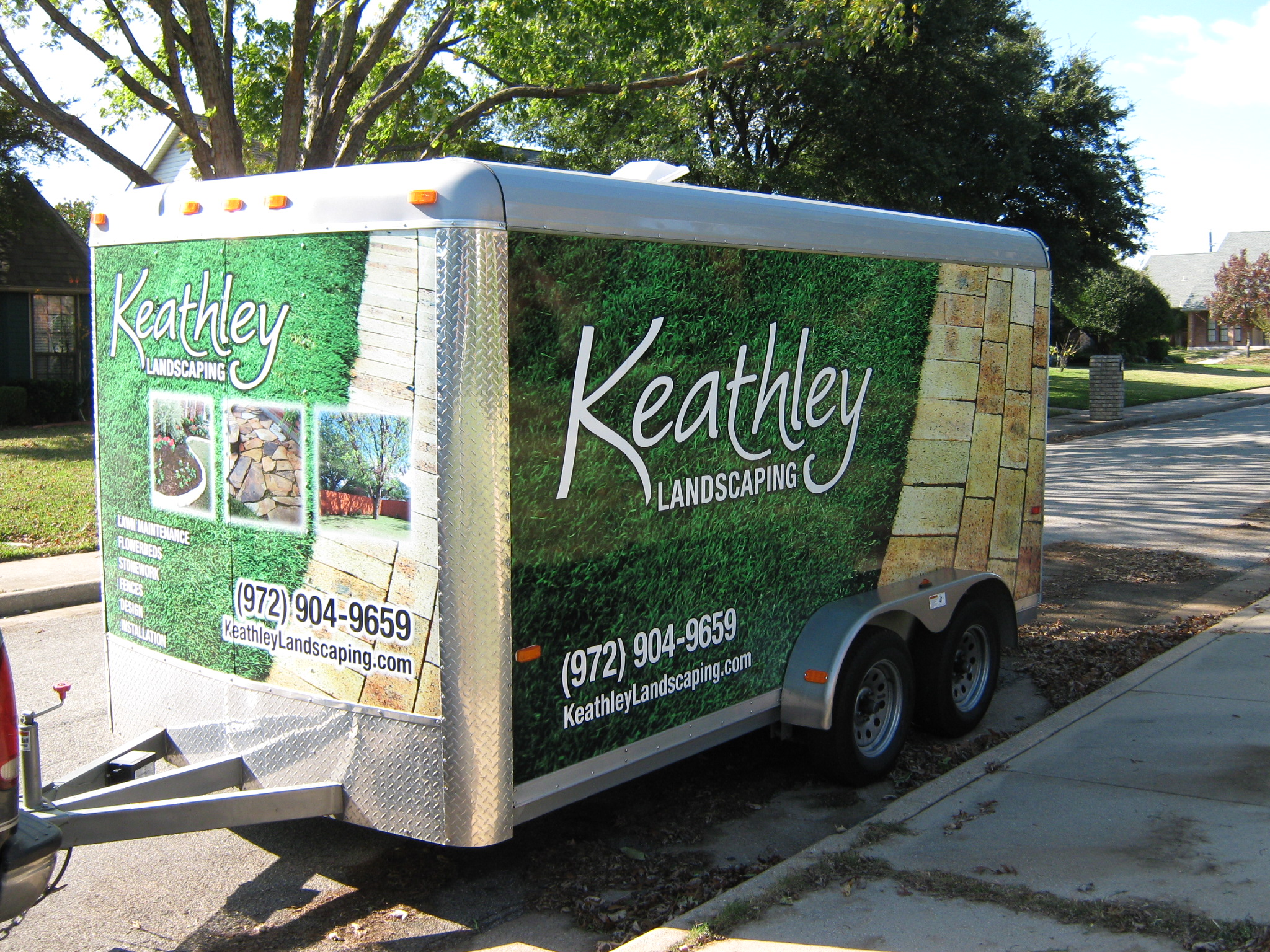Yard Drainage: Creating Harmony Between Hardscapes and Water
Welcome to our blog post where we dive into the art of balancing yard drainage with beautiful hardscapes. 🌿 Whether you’re dealing with puddles that never seem to dry or simply want to enhance your yard’s aesthetics, we’ve got you covered. Let’s explore how to create a harmonious relationship between your hardscapes and water!
Table of Contents
1. Understanding Yard Drainage
2. The Role of Hardscapes in Drainage
3. Designing a Balanced System
4. Practical Tips for Success
5. Conclusion
6. FAQs
Understanding Yard Drainage
Yard drainage is crucial for maintaining the health of your landscape. Without proper drainage, water can pool, leading to erosion, plant damage, and even foundation issues. 😬 The key is to manage water flow effectively, ensuring it nourishes your plants without overstaying its welcome.
The Role of Hardscapes in Drainage
Hardscapes like patios, walkways, and retaining walls not only add beauty and function to your yard but also play a pivotal role in managing water flow. By strategically placing these elements, you can guide water away from your home’s foundation and plant beds, minimizing potential damage. 🏡
Designing a Balanced System
Creating harmony between hardscapes and water involves a thoughtful approach to design:
1. Assess Your Yard’s Natural Flow 🌊
Before installing hardscapes, observe how water naturally moves through your yard. This will help you determine the best placement for pathways or barriers.
2. Incorporate Permeable Materials 🌾
Consider using permeable pavers or gravel to allow water to seep through, reducing runoff and promoting groundwater recharge.
3. Utilize Retaining Walls Wisely 🧱
Retaining walls can be beautiful and functional, directing water away from vulnerable areas. Ensure they are properly engineered to handle the expected water load.
4. Plan for Overflow 🌧️
In heavy rains, even the best systems can be overwhelmed. Create overflow areas, such as rain gardens, to manage excess water gracefully.
Practical Tips for Success
Here are some actionable insights to ensure your drainage system is as effective as it is attractive:
– Regularly maintain gutters and downspouts to prevent clogs.
– Ensure that slopes direct water away from buildings.
– Use native plants in rain gardens for better water absorption.
– Keep an eye out for erosion and adjust your hardscape design as needed.
Conclusion
Balancing yard drainage with hardscapes is about more than just aesthetics; it’s about creating a sustainable and functional outdoor space. By understanding your yard’s natural flow and strategically designing your hardscapes, you can enjoy a beautiful, water-wise landscape. 🌼
FAQs
Q1: What are the signs of poor yard drainage?
A: Look for persistent puddles, water stains on your home’s foundation, and erosion in your garden beds.
Q2: Can I install a drainage system myself?
A: While some DIY solutions are possible, complex systems may require professional installation to ensure proper function.
Q3: How often should I check my yard’s drainage?
A: It’s a good idea to inspect your yard’s drainage system at least twice a year, especially after heavy rains.
Q4: Are there eco-friendly options for improving drainage?
A: Yes, consider using rain gardens, permeable pavers, and native plants to enhance your yard’s drainage naturally.






































Recent Comments